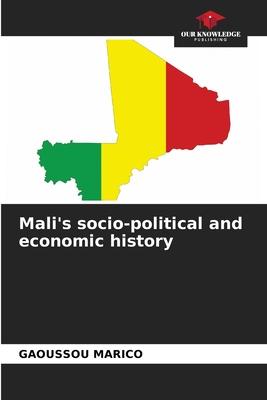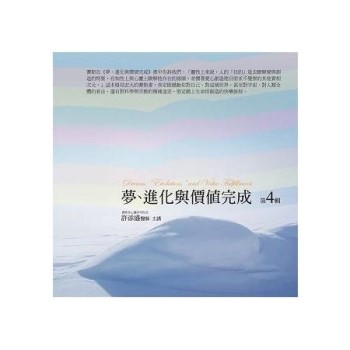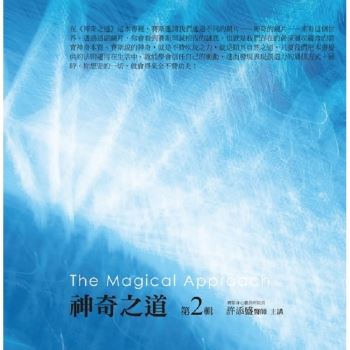Mali occupies a pivotal position between the Sahara and the Sudano-Guinean regions. It has experienced three main periods of political and economic orientation: the first period, a socialist regime; the second period, a military regime and transition to liberalism; and the third period, a regime of political and economic liberalism corresponding to the democratic era. Given its geographical and historical position, Mali is more or less directly influenced by international geopolitical changes. Mali ranks third out of the eight WAEMU countries in terms of Gross Domestic Product (GDP). However, this GDP is essentially driven by the agricultural sector. It has had difficulty freeing itself from the colonial economic model, and remains a supplier of raw materials. It exports almost all its raw materials, and with them, thousands of jobs. Meanwhile, hundreds of the country’s young people are drowning with other Africans in the Mediterranean for lack of work. A situation that is hard to justify, given Mali’s enormous economic potential despite its landlocked location.
| FindBook |
有 1 項符合
Mali’s socio-political and economic history的圖書 |
 |
Mali’s socio-political and economic history 作者:Marico 出版社:Our Knowledge Publishing 出版日期:2024-03-26 語言:英文 規格:平裝 / 56頁 / 22.86 x 15.24 x 0.33 cm / 普通級/ 初版 |
| 圖書館借閱 |
| 國家圖書館 | 全國圖書書目資訊網 | 國立公共資訊圖書館 | 電子書服務平台 | MetaCat 跨館整合查詢 |
| 臺北市立圖書館 | 新北市立圖書館 | 基隆市公共圖書館 | 桃園市立圖書館 | 新竹縣公共圖書館 |
| 苗栗縣立圖書館 | 臺中市立圖書館 | 彰化縣公共圖書館 | 南投縣文化局 | 雲林縣公共圖書館 |
| 嘉義縣圖書館 | 臺南市立圖書館 | 高雄市立圖書館 | 屏東縣公共圖書館 | 宜蘭縣公共圖書館 |
| 花蓮縣文化局 | 臺東縣文化處 |
|
|
圖書介紹 - 資料來源:博客來 評分:
圖書名稱:Mali’s socio-political and economic history
|










